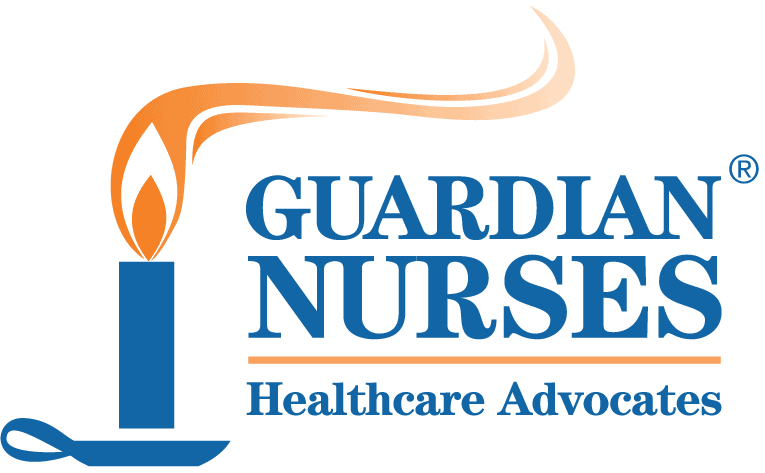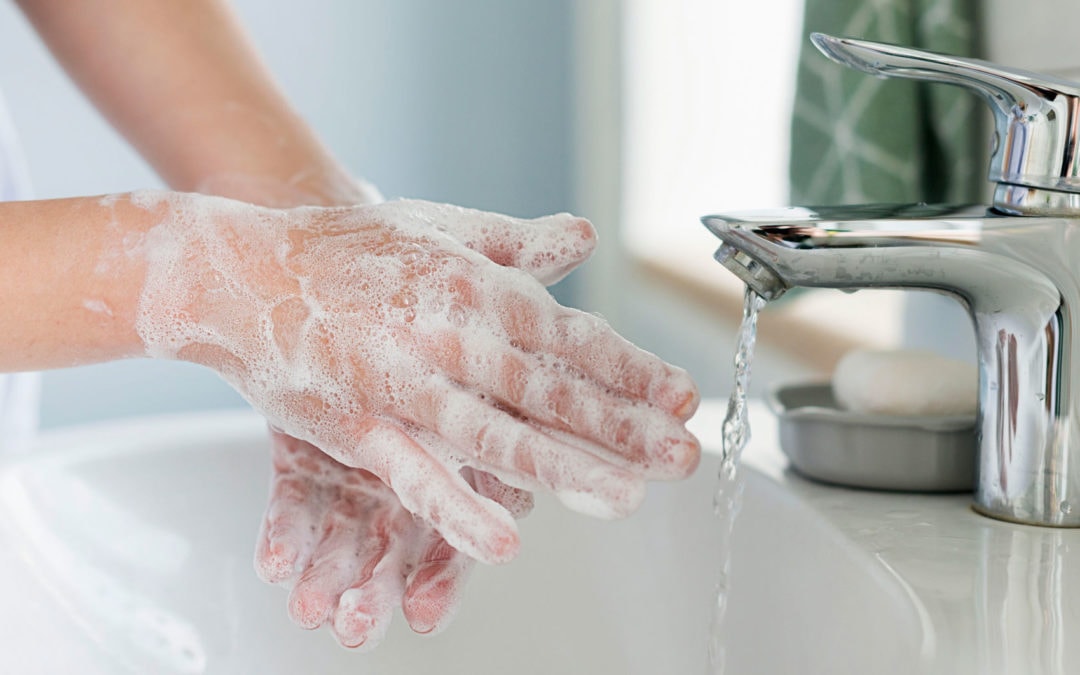When you were growing up, how many times did your mother tell you to wash your hands? It was likely one of the early lessons our parents and teachers taught us.
We know that feces (aka ‘poop’) from people or animals is an important source of germs. A single gram of human feces — which is about the weight of a paper clip — can contain one trillion germs. Germs can also get onto hands if people touch any object that has germs on it because someone coughed or sneezed on it or was touched by some other contaminated object. When these germs get onto hands and are not washed off, they can be passed from person to person and make people sick. Other germs can get onto hands after people use the toilet or change a diaper, but also in less obvious ways, like after handling raw meats that have invisible amounts of animal poop on them.
Every year millions of patients around the world are impacted by healthcare-associated infections caused by bacteria spread by hands that have touched different surfaces in the home, in school and even in the hospital.
I thought it might be a good time—it being flu and cold season and all — to resolve to be more mindful about handwashing and lead by example.
— Betty Long, RN, MHA, President/CEO, Guardian Nurses Health Advocates
Fighting Infection is in Your Hands
The Background
Turns out, your mother was right! Washing your hands is the SINGLE-MOST effective method to stop the spread of germs. If that’s not a good enough reason for you to wash your hands AND teach your children how to wash theirs properly, you will never ‘get it.’ Seems like a simple task when mom told us, but when and how should you wash your hands? And what if you don’t have soap and water?
When Should You Wash Your Hands?
- Before, during, and after preparing food
- Before eating food
- Before and after caring for someone who is sick
- Before and after treating a cut or wound
- After using the toilet
- After changing diapers or cleaning up a child who’s used the toilet
- After blowing your nose, coughing, or sneezing
- After touching an animal, animal feed, or animal waste
- After handling pet food or pet treats
- After touching garbage
How Should You Wash Your Hands?
- Wet your hands with clean, running water (warm or cold). Turn off the tap and apply soap.
- Lather your hands by rubbing them together with the soap. Be sure to lather the backs of your hands, between your fingers, and under your nails.
- Scrub your hands for at least 20 seconds. Need a timer? Hum the “Happy Birthday” song from beginning to end—twice.
- Rinse your hands well under clean, running water.
- Dry your hands using a clean towel or air dry them.
What Should You Do if You Can’t Wash with Soap & Water?
If you do not have soap and water available, use an alcohol-based hand sanitizer that contains at least 60% alcohol. Alcohol-based hand sanitizers are good in a pinch and can quickly reduce the number of germs on hands in some situations, but sanitizers do not eliminate all types of germs and might not remove harmful chemicals. Best to wash your hands when you are able.
Hand sanitizers are not as effective when hands are visibly dirty or greasy. In addition, they might not remove harmful chemicals like pesticides and heavy metals from hands. Be cautious when using hand sanitizers around children; swallowing alcohol-based sanitizers can cause alcohol poisoning if a person swallows more than a couple mouthfuls.
What’s the Proper Way to Apply Hand Sanitizers?
- Apply the product to the palm of one hand (read the label to learn the correct amount).
- Rub your hands together.
- Rub the product over all surfaces of your hands and fingers until your hands are dry.
When you think about it, it doesn’t take much effort to do the right thing around hand washing. Don’t underestimate the power of hand washing! The time you spend at the sink could save you trips to the doctor’s office. And while you’re making sure that you wash your hands, make double sure that your healthcare provider is, too!
With thanks to the CDC.

